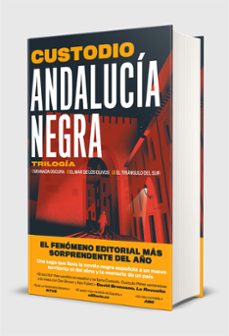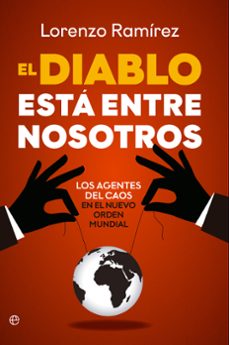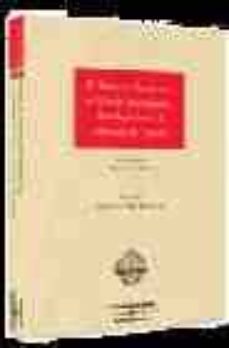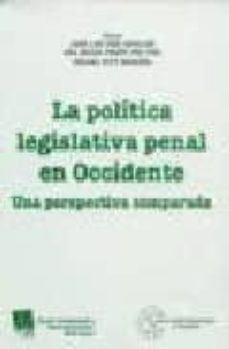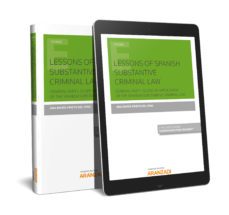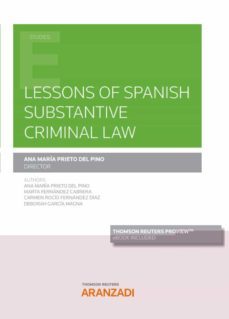Imprescindibles
Ficción
No Ficción
Ciencias y tecnología Biología Ciencias Ciencias naturales Divulgación científica Informática Ingeniería Matemáticas Medicina Salud y dietas Filología Biblioteconomía Estudios filológicos Estudios lingüísticos Estudios literarios Historia y crítica de la Literatura
Humanidades Autoayuda y espiritualidad Ciencias humanas Derecho Economía y Empresa Psicología y Pedagogía Filosofía Sociología Historia Arqueología Biografías Historia de España Historia Universal Historia por países
Infantil
Juvenil
#Jóvenes lectores Narrativa juvenil Clásicos adaptados Libros Wattpad Libros Booktok Libros de influencers Libros de Youtubers Libros Spicy Juveniles Libros LGTBIQ+ Temas sociales Libros ciencia ficción Libros de acción y aventura Cómic y manga juvenil Cómic juvenil Manga Shonen Manga Shojo Autores destacados Jennifer L. Armentrout Eloy Moreno Nerea Llanes Hannah Nicole Maehrer
Libros de fantasía Cozy Fantasy Dark academia Hadas y Fae Romantasy Royal Fantasy Urban Fantasy Vampiros y hombres lobo Otros Misterio y terror Cozy mistery Policiaca Spooky Terror Thriller y suspense Otros
Libros románticos y de amor Dark Romance Clean Romance Cowboy Romance Mafia y amor Romance dramatico Romcom libros Sport Romance Otros Clichés Enemies to Lovers Friends to Lovers Hermanastros Slow Burn Fake Dating Triángulo amoroso
Cómic y manga
Novela gráfica Novela gráfica americana Novela gráfica europea Novela gráfica de otros países Personajes, series y sagas Series y sagas Star Wars Superhéroes Cómics DC Cómics Marvel Cómics otros superhéroes Cómics Valiant
eBooks
Literatura Contemporánea Narrativa fantástica Novela de ciencia ficción Novela de terror Novela histórica Novela negra Novela romántica y erótica Juvenil Más de 13 años Más de 15 años Infantil eBooks infantiles
Humanidades Autoayuda y espiritualidad Ciencias humanas Economía y Empresa Psicología y Pedagogía Filosofía Historia Historia de España Historia Universal Arte Cine Música Historia del arte
Ciencia y tecnología Ciencias naturales Divulgación científica Medicina Salud y dietas Filología Estudios lingüísticos Estudios literarios Historia y crítica de la Literatura Estilo de vida Cocina Guías de viaje Ocio y deportes
Ana María Prieto del Pino
Recibe novedades de ANA MARIA PRIETO DEL PINO directamente en tu email
Filtros
Del 1 al 4 de 4
ARANZADI 9788497674270
La obra constituye un estudio profundo, riguroso y totalmente actualizado del uso de información privilegiada en el mercado de valores (operaciones de iniciados). El análisis realizado huye de simplificaciones y apriorismos, y no elude ninguno de los múltiples y complejos aspectos tanto jurídicos como económicos implicados en el tema. La investigación asume como primer objetivo (capítulos I-III) tratar de determinar el grado de acierto de la decisión de penalizar el uso de información privilegiada en el mercado de valores. La obtención de una respuesta favorable a la opción punitiva lleva a efectuar un pormenorizado análisis de los artículos 285, 286, 287 y 288 del Código penal español a la luz del principio de prohibición de exceso (capítulos IV y V), plagado de propuestas de interpretación de dichos preceptos de lege lata y de reforma de los mismos de lege ferenda. Rasgo especialmente destacado del trabajo es su carácter interdisciplinario, puesto que el análisis jurídico-penal del tema se asienta sobre la base que le proporciona el detenido estudio de numerosos problemas y cuestiones de Derecho constitucional, Derecho comunitario, Derecho mercantil, Derecho civil, Derecho administrativo, Economía aplicada, Economía financiera, Análisis económico del Derecho y Criminología. La interdisciplinariedad de la obra queda de manifiesto no sólo en su contenido, sino también en la vastísima bibliografía utilizada, tanto nacional como extranjera (fundamentalmente estadounidense, canadiense, británica, alemana, suiza, italiana y francesa). Esta obra puede interesar a profesionales y estudiosos tanto del mundo del Derecho como del mundo de la Economía; y, en general, a todo aquél que quiera profundizar en la dinámica de funcionamiento del mercado de valores y en los problemas jurídicos y económicos que derivan de su dependencia respecto del mercado de información.
Ver más
Tapa blanda
TIRANT LO BLANCH 9788484562658
Tapa blanda
Editorial Aranzadi 9788491350170
The main purpose of this book is to fill an existing gap by providing Spanish law students with an updated comprehensive overview of the scope of application of the Spanish substantive criminal law. Therefore, topics belonging to the field of international procedural cooperation, such as extradition and the European arrest warrant have been omitted entirely. Basic concepts relating to issues such as the role of criminal law and its legitimating principles, the theories of punishment, security measures, the sources of the Spanish substantive criminal law as well as the temporal and spatial scope thereof are addressed in considerable depth. Notwithstanding this, given that it has been conceived as a course-book, footnotes have not been used in order to render the text easier to read. A final self-assessment multiple choice quiz section and an appendix containing the right answers have been included, so that students themselves can test the level of knowledge acquisition they have reached. Moreover, this book aims to be a useful tool for Spanish scholars and legal practitioners in order to improve their ability to use English in both academic and professional contexts and to increase their knowledge of this language in the field of criminal law. Another purpose of this work is to provide foreign scholars and law pr...
Ver más
Tapa blanda
Editorial Aranzadi 9788413087900
This book is a follow up to Lessons of Spanish Substantive Criminal Law. General Part I. Scope of Application of the Spanish Substantive Criminal Law (2017). Its main purpose is to fill an existing gap by providing Spanish students with an updated comprehensive overview of typicity as a category of the legal theory of crime. Therefore, a number of key issues are addressed in considerable depth, such as the criminal behaviour as action or omission, action/omission as a typical behaviour and the agents thereof , the kinds of typical structures, the objective type of result crimes (factual causation, legal causation), the subjective type of intentional crimes, negligent offences, omission offences, the stages of fulfilment of the crime, and principals and accessories to the crime. Notwithstanding this, given that it has been conceived as a course-book, footnotes have not been used in order to render the text easier to read. Every lesson is closed by a self-assessment multiple choice quiz section and an appendix containing the right answers has been included, so that students themselves can test the level of knowledge acquisition they have reached. Moreover, this book aims to be a useful tool for Spanish scholars and legal practitioners in order to improve their ability to use English in both academic and professional contexts and to increase their knowledge of this language in the field of criminal law. Another purpose of this work is to provide foreign scholars and law professionals with a starting point for researching Spanish substantive criminal law.
Ver más
Tapa blanda
Del 1 al 4 de 4



